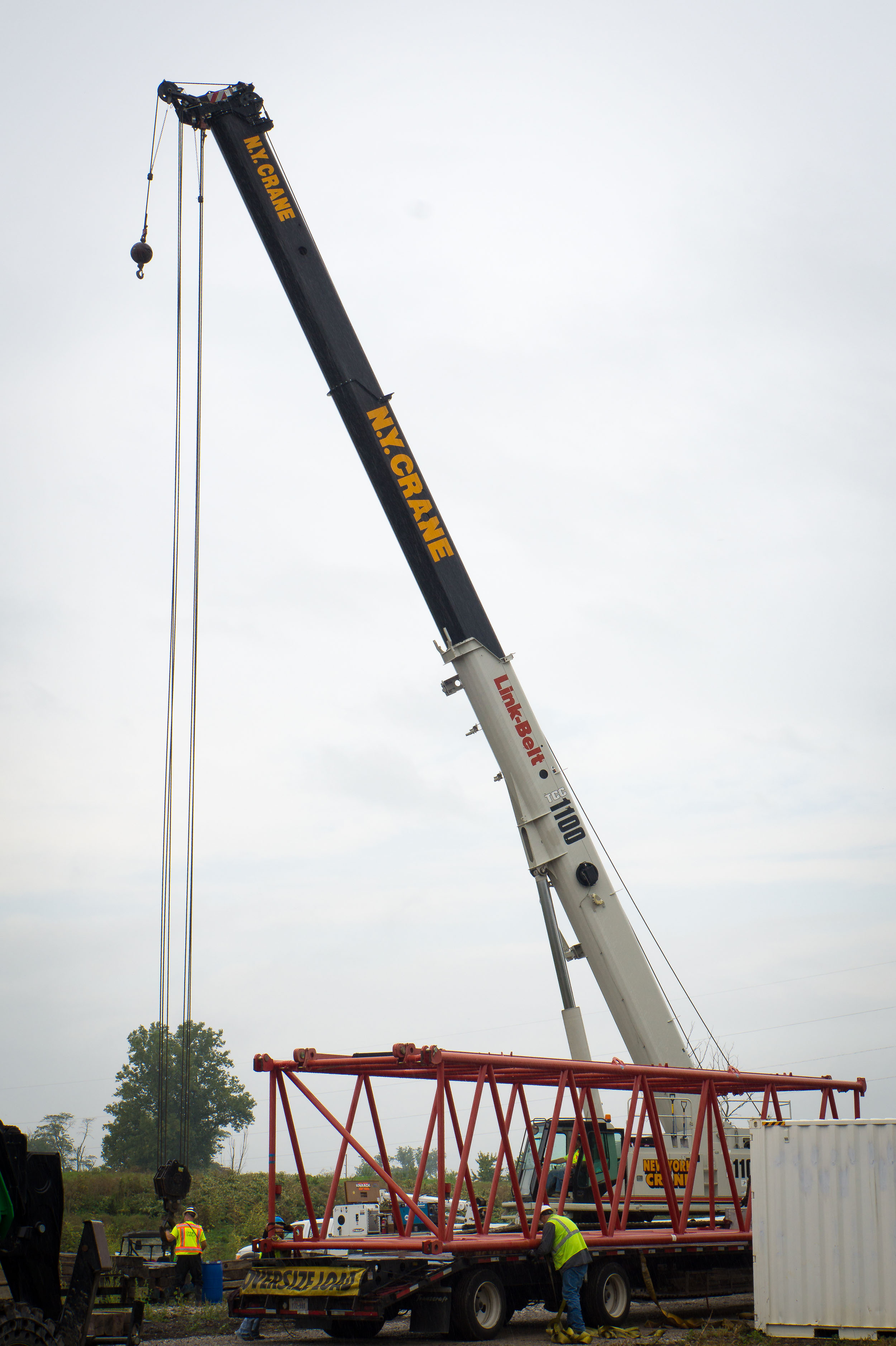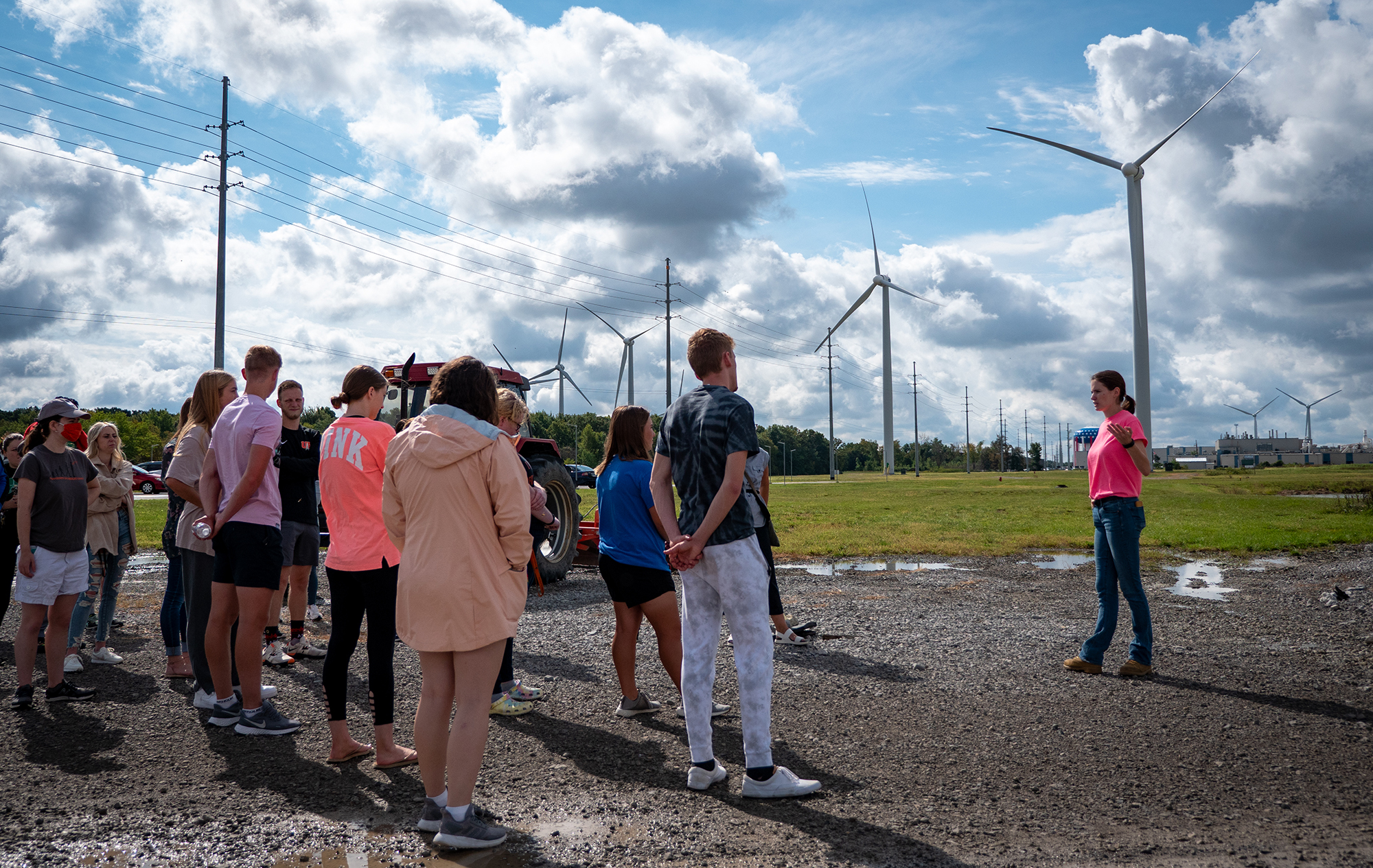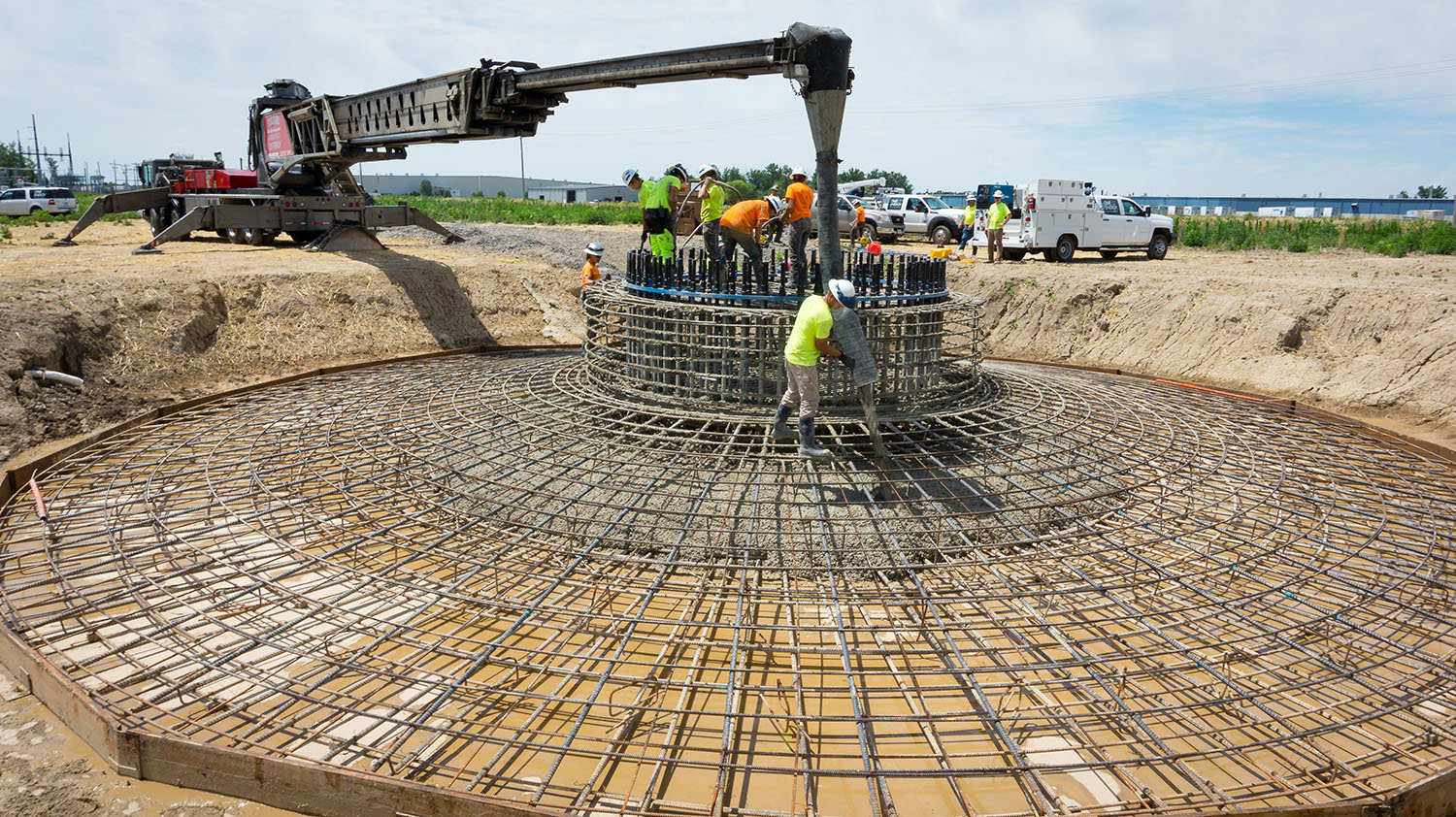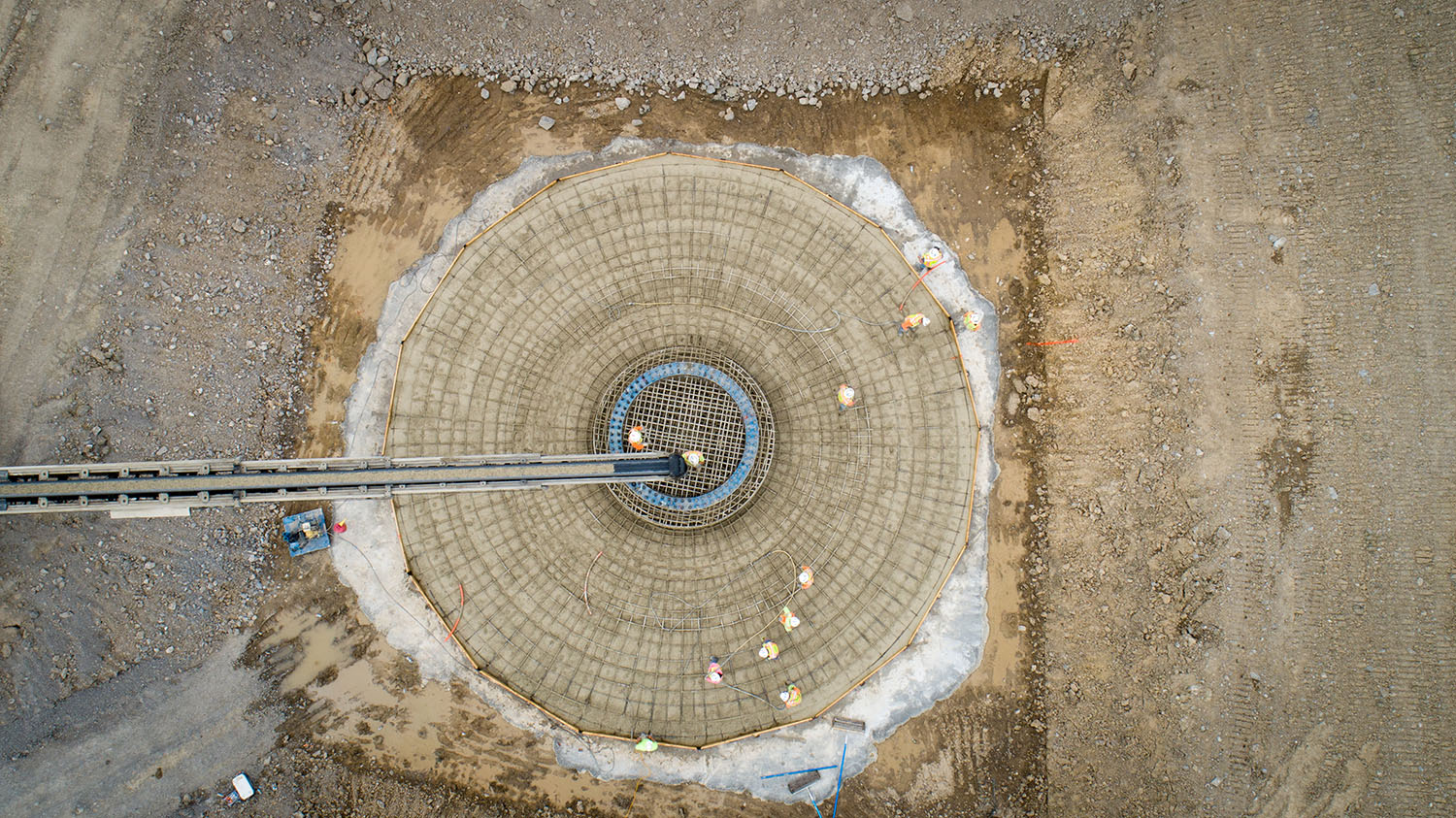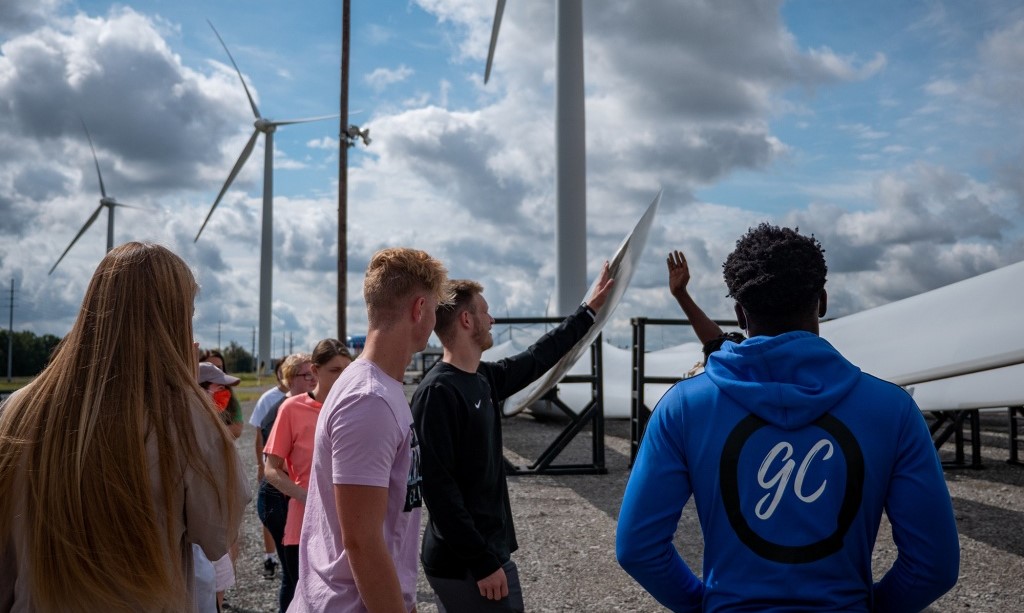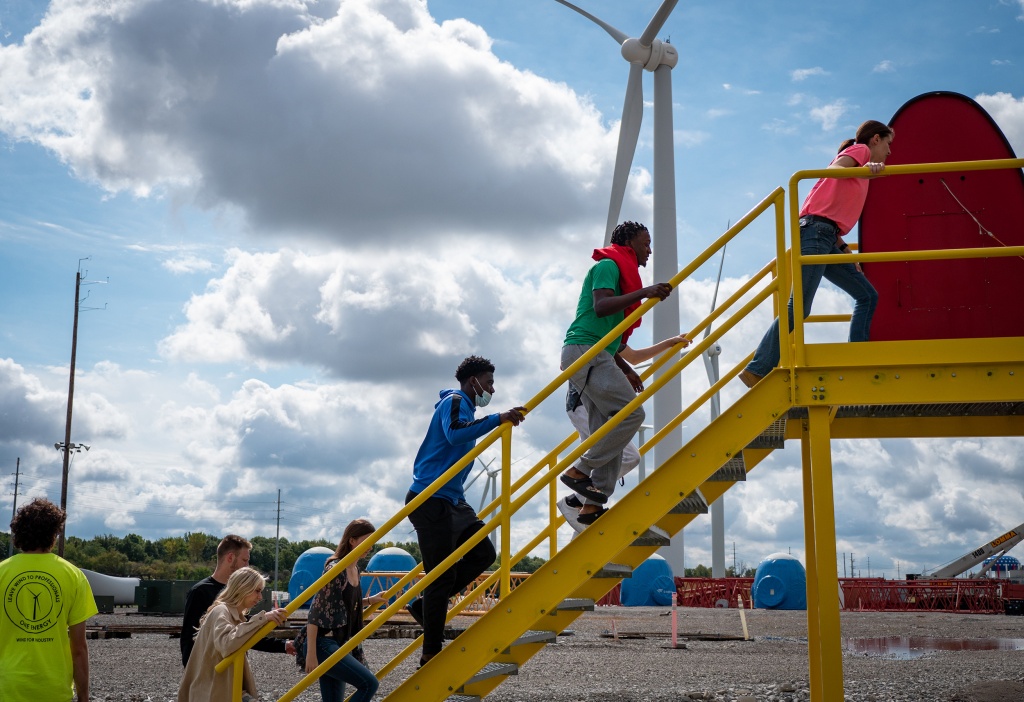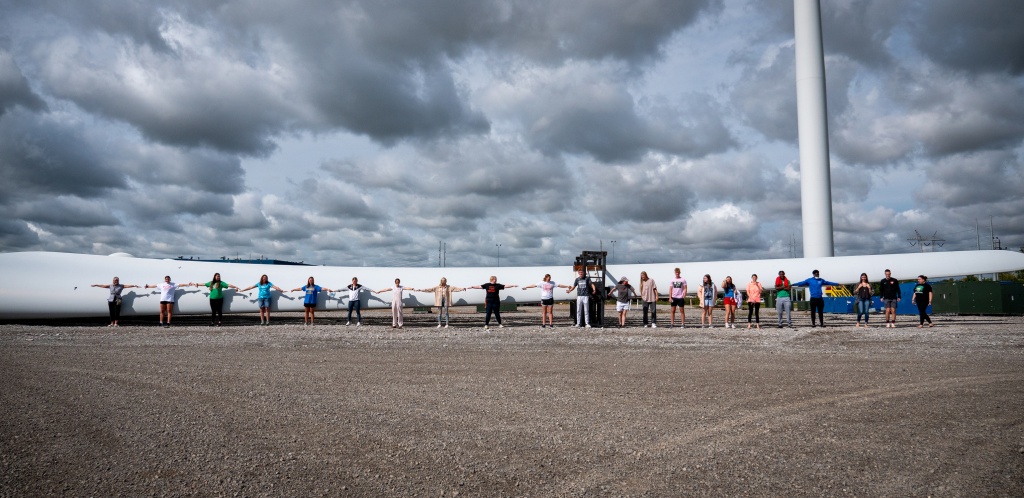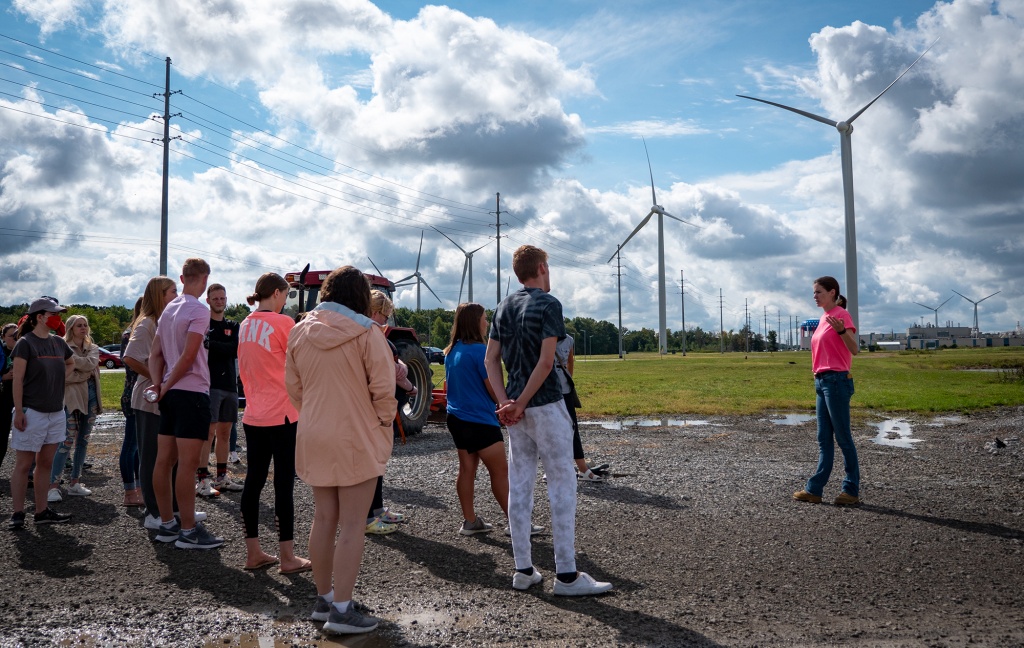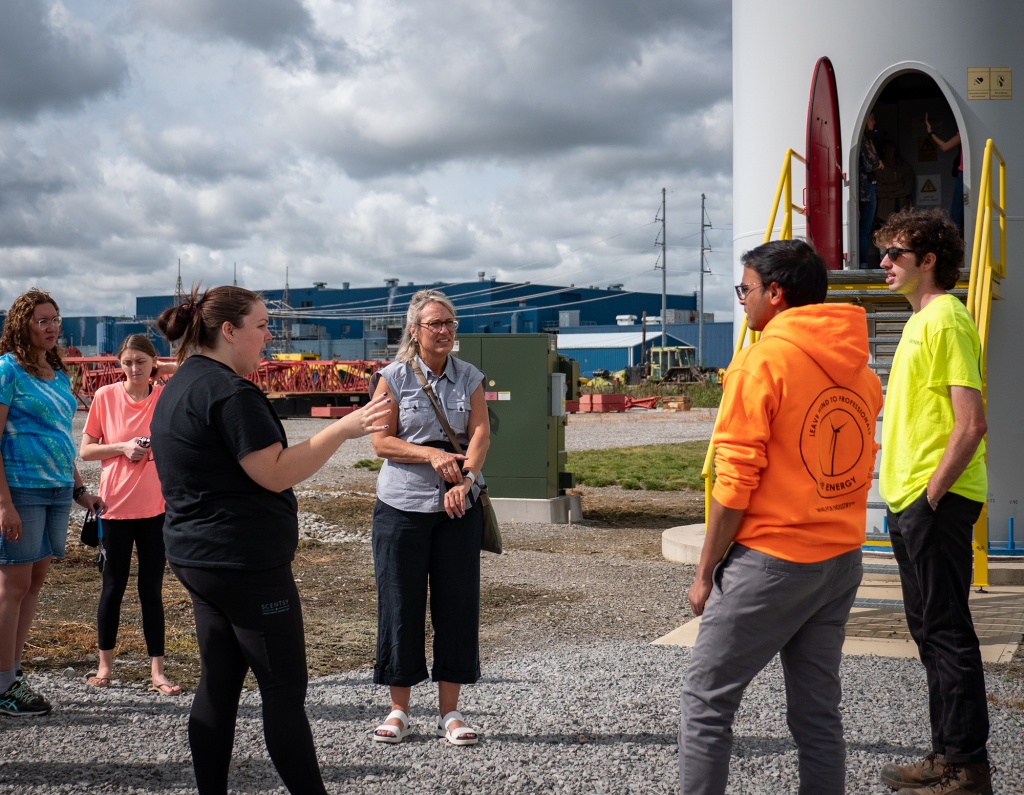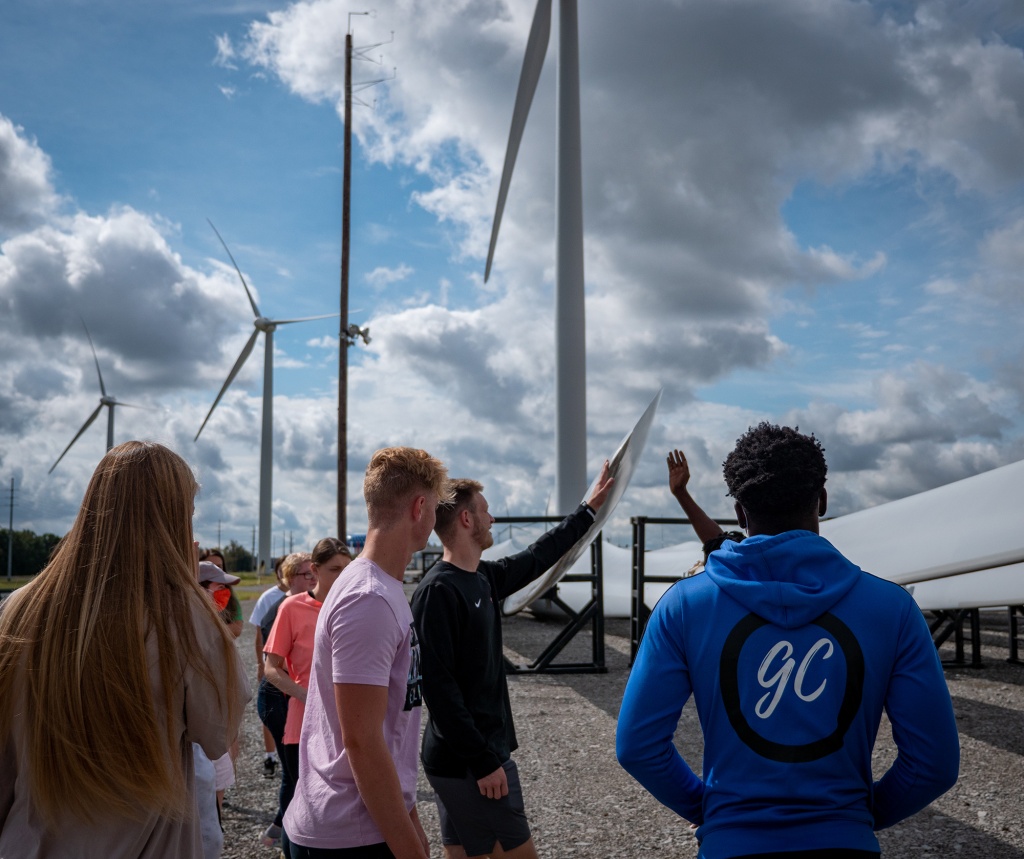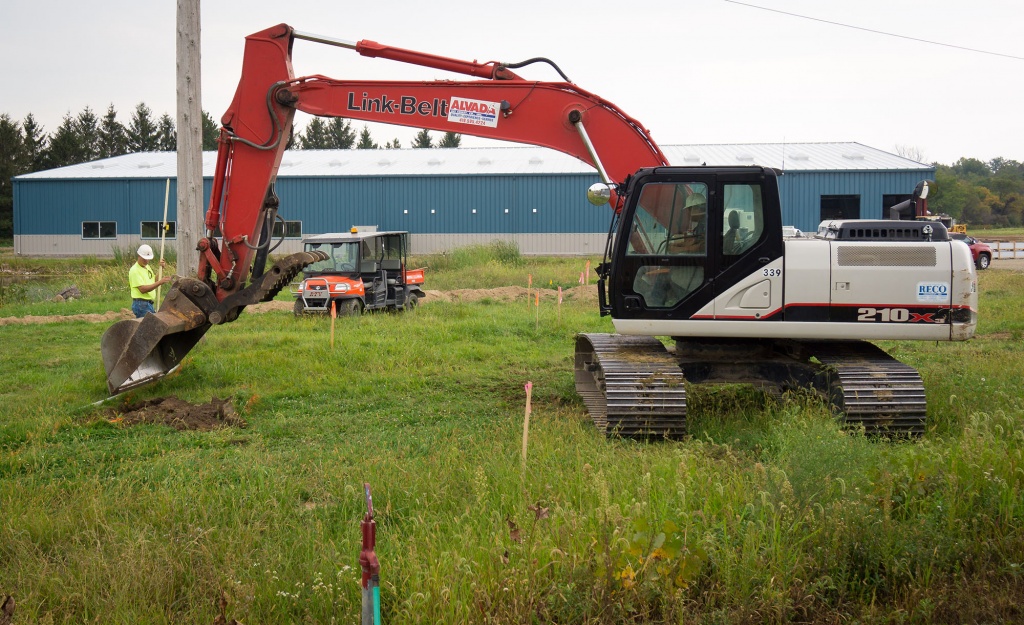For the last 20+ years I have worked for smaller companies, and the key to success has always been about building relationships. Whether it’s with customers, suppliers, or other team members, a strong relationship – one that is built on trust and understanding – will prevail through the good times and the bad.
Strong relationships make for strong business – in any industry or role. The Analytics group at One Energy has worked on building these relationships over the years by following a few simple rules:
- It’s not about the sale. Regardless of who the parties are, if the goal is just getting a sale done, the relationship will never last, and instead, it becomes dependent on each sale to exist. Lasting relationships, on the other hand, are about solving problems. Solve a customer’s problem by introducing them to the correct product, and they’ll remember that. Help a co-worker out in a time of need, and they’ll remember that. Work with a supplier to develop new products, and they’ll remember that. Sales are just a way to get into the game. Solving problems has staying power.
- Everyone must benefit. This is not a secret; it is a fact. The challenge is to prevent any one party from getting greedy, or else everything starts to fall apart. If a supplier makes too much margin, your customer will no longer trust your work. If you negotiate a supplier into a losing position, they will no longer want to work with you. For relationships to last, it must be fair for all parties involved, while still solving the problem.
- Be a resource. In all good business relationships, questions arise constantly. Get to a position of being a resource that people can use, and actively promote being that resource. A coworker that finds it easy to get quick accurate answers to their questions is far more likely to return the favor. When a customer picks up the phone when they have a question and you are able to help them, they will think of you as a useful resource.
- People skills are powerful. Make sure to have someone on your team who has a knack for genuine interpersonal communication. My colleague has an amazing ability to read and interact with people in a way that is different from anything I have experienced. The communication is genuine and real, which creates a bond between people. Their ability to read individuals and situations through active listening and effective communication has been a tremendous asset to our team. In a time of big data and trending analytics, it is easy to lose track of the need for people skills. The ability to quickly provide feedback on whether a presentation hit the mark or not. The ability to steer a conversation based on reading the room. The ability to make connections with not only the group leader, but others in the room. It’s these kinds of people skills that build strong relationships
Over the years, I have seen people overestimate the strength of their business relationship to the point of neglect, and it never ends well. But if all parties value and put effort into the relationship, and follow the rules above, it has the potential to outlast any single sale or negotiation.
Rich Bohon is the Head of Analytics at One Energy.
Learn more about Rich and the One Energy team.






























